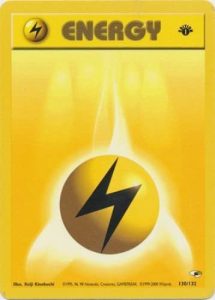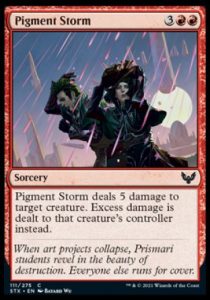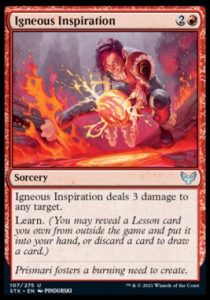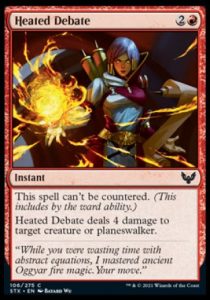The Genius of Flesh and Blood’s Pitch System
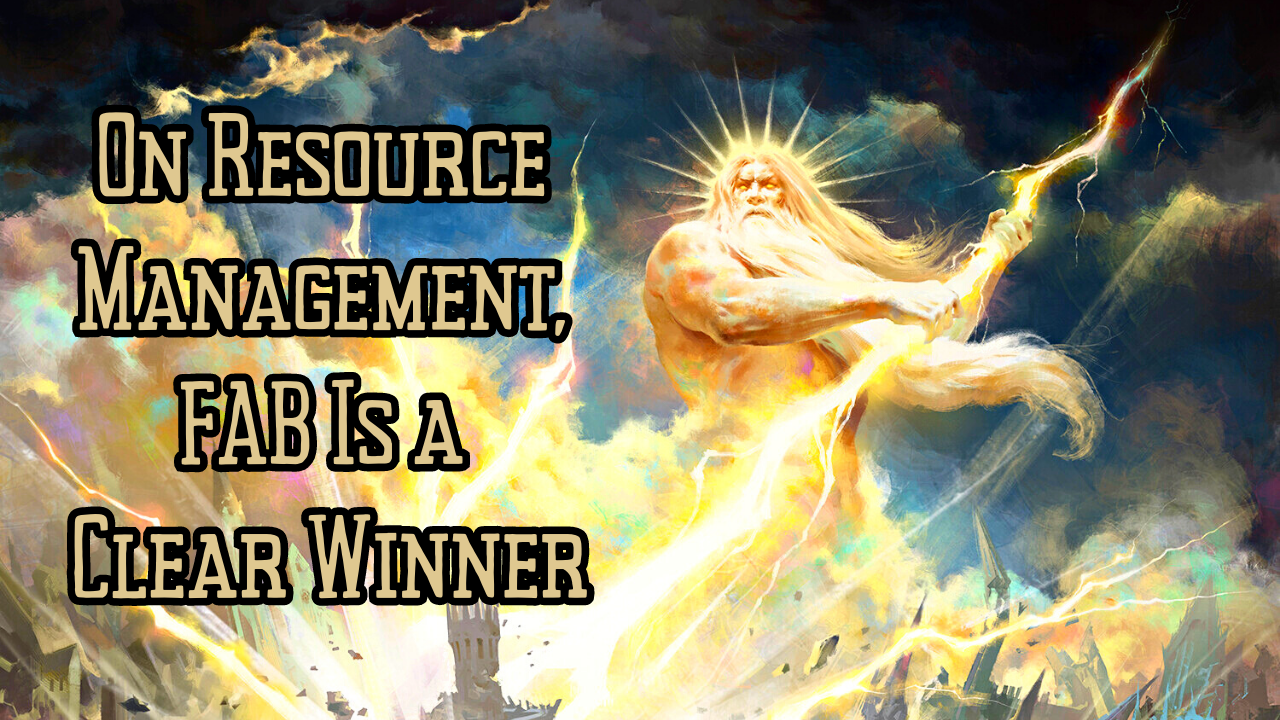
There’s a now-famous anecdote of when James White, the creator of Flesh and Blood, developed the pitch system that serves as the game’s resource mechanic. He was working in his Auckland office on New Year’s Eve — the uproar of cheers and raucous, inebriated laughter formed a backdrop for a pivotal moment in the game’s initial design. As he told Flake in this February 2022 interview, James was playing around with Fai and realized that the cards in Flesh and Blood needed to come in a cycle of red, yellow, and blue pitch.
This moment sealed Fai into James’ heart and gave him greater excitement than the partygoers on the streets below. So how does this resource management system compare to other card and tabletop games, and how does it make FAB unique? Let’s explore together.
Resource Management
Think of a card game as an analog machine. Every action your machine makes takes an amount of energy. Many early card games used resource-specific cards to generate this energy.
Several modern games have leaned away from this style partly due to the feel-bad scenario many Magic players call “mana screwed,” when they don’t have the resource cards they need in play or in hand to play the game. A relatively recent innovation in the TCG space from Richard Garfield tossed out all card costs — except the inherent cost of playing a card from your hand — in the unique deck game Keyforge.
A handful of modern games involve paying a card’s cost by using other cards in a player’s hand. Fantasy Flight Game’s Marvel Champions and the Kickstarter darling Grand Archive come to mind. Key differences between those two games and FAB is the lack of a pitch stack and the fundamental lack of a cycle of cards.
In Flesh and Blood, having a cycle of a card means having a red, yellow, and blue version of the card, with red providing one resource, yellow two, and blue three. When cards have a cycle, the red version makes up for its lack of resource generation by placing two more points of value (compared to the blue version) on other card functions — like attack strength.
Of course, there’s a kind of resource management in the deckbuilding process, but the only type of three-version cycle system I’ve seen in a tabletop game was in the 2000 pre-painted miniatures game from WizKids — Mage Knight.
Similar to FAB, many characters in Mage Knight had three different, color-coded versions. This game convention allows for more creativity in deck (or army) construction and, I imagine, makes set design easier.
For example, when creating a card like Infect from Outsiders, FAB’s cycle conceit allows one illustration to be used for three cards that could each have three copies included in a Classic Constructed deck. Some games may want a similar effect repeated in a given set with various power levels. To do so, they need multiple illustrations and will often want to differentiate the cards.
Pitch Stack Bric-a-Brac
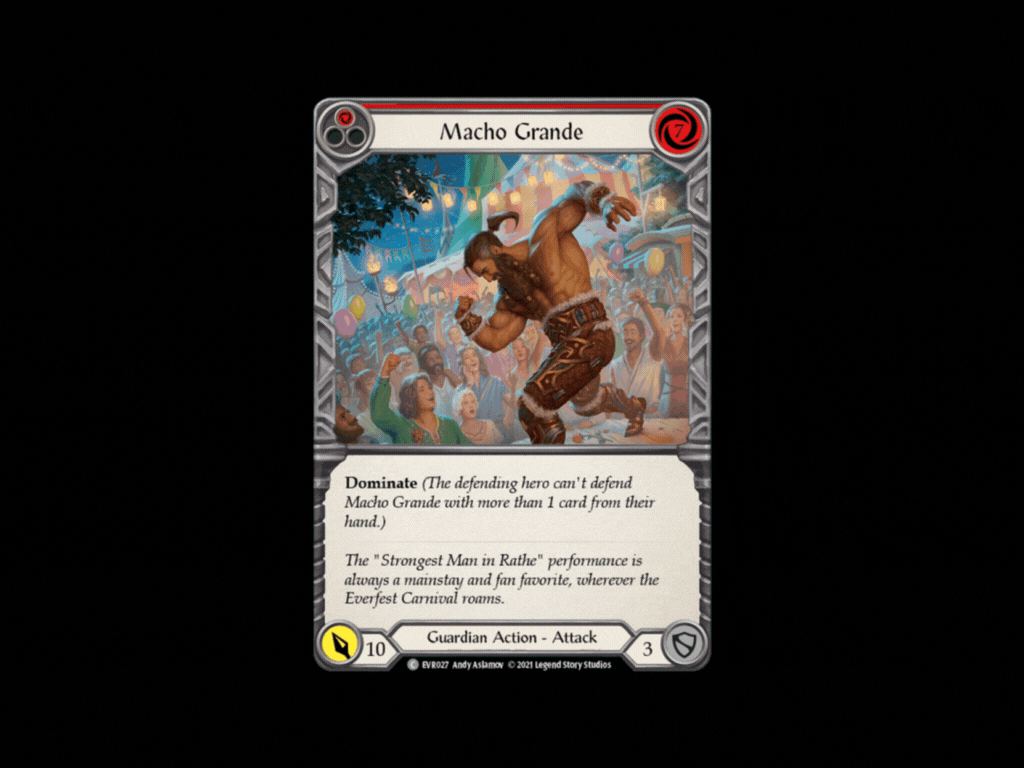
Attack action cards, like Macho Grande, typically gain attack value as they lose the number of resources they generate when pitched.
If you’re following the chatter from Flesh and Blood pro players, you’ve likely heard the term pitch stack thrown around once or twice. Players place cards from their hands into the pitch zone as they’re paid for. At the end of each turn, players rearrange their pitch stack to their liking before placing it at the bottom of their deck. When games go long enough, you can reach the second cycle of your deck — the portion you’ve already seen and rearranged by pitching the cards for resources.
This aspect of FAB is unique in the TCG space. Some decks work to get to this second cycle by blocking through their opponent’s red-attack threats during the early game to mount their own offensive charge in the late game with specific combos or straight value.
This strategy is somewhat common when playing against Ranger heroes like Lexi, Livewire and Azalea, Ace in the Hole. Since bows cannot attack on their own, blocking or otherwise living through the vast majority of red arrow attacks from the Ranger’s deck is possible. With blue attack action cards having less attack strength than their red counterparts, Rangers can run out of firepower to close out the game.
Basic Pitch-Stacking Tips
Many games in Flesh and Blood will end before either player sees the second cycle of their deck. If you want to aim to see the second cycle and want to position certain cards for a turning point in the game, here are some pointers:
- Keep some blue resource cards close to your red power cards to ensure you can pay for the offensive plays you’re preparing for.
- Sprinkle in some white border versions of key cards from your deck to help you remember when you’re hitting the second cycle.
- Pay attention to the cards you’re blocking with — you won’t see these cards again.
For more tips on improving your game, check out this article by Donald Kell.
Final Thoughts
The multiple versions of cards and the element of pitch stacking are some of the key design decisions that initially drew me to the mechanics of FAB. James White and the talented staff at Legend Story Studios are establishing an incredible game that fulfills their mission — “to bring people together in the flesh and blood through the common language of playing great games.”
Further reading:
Where to Start in Flesh and Blood
Flesh and Blood’s Living Legend System, and the Power of Storytelling

